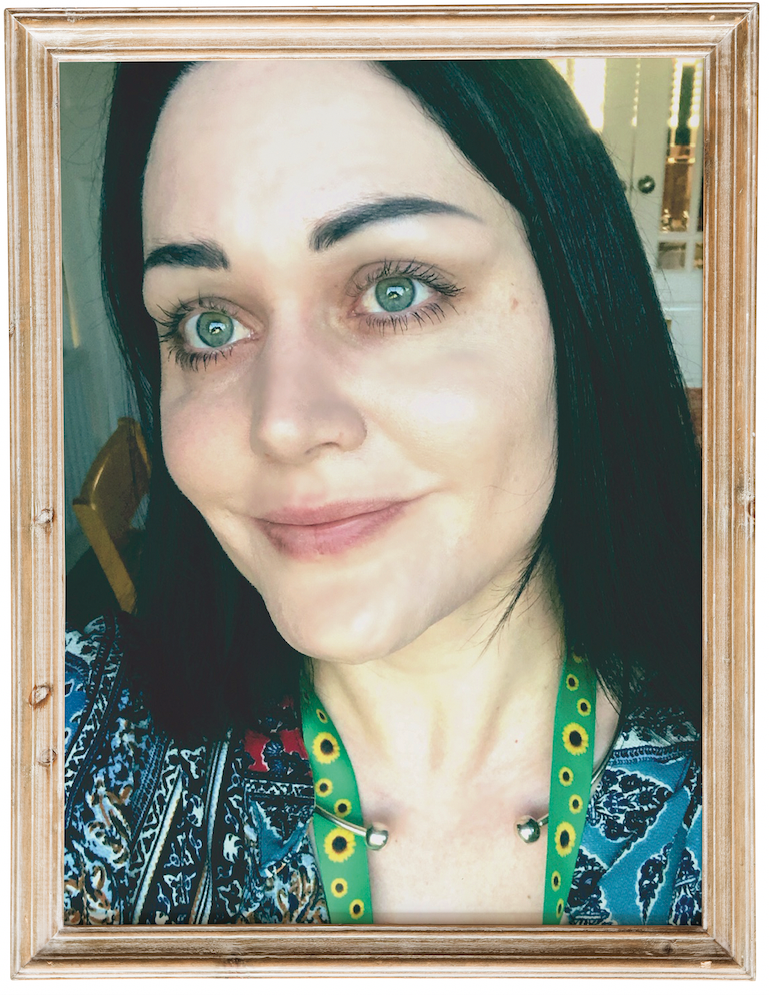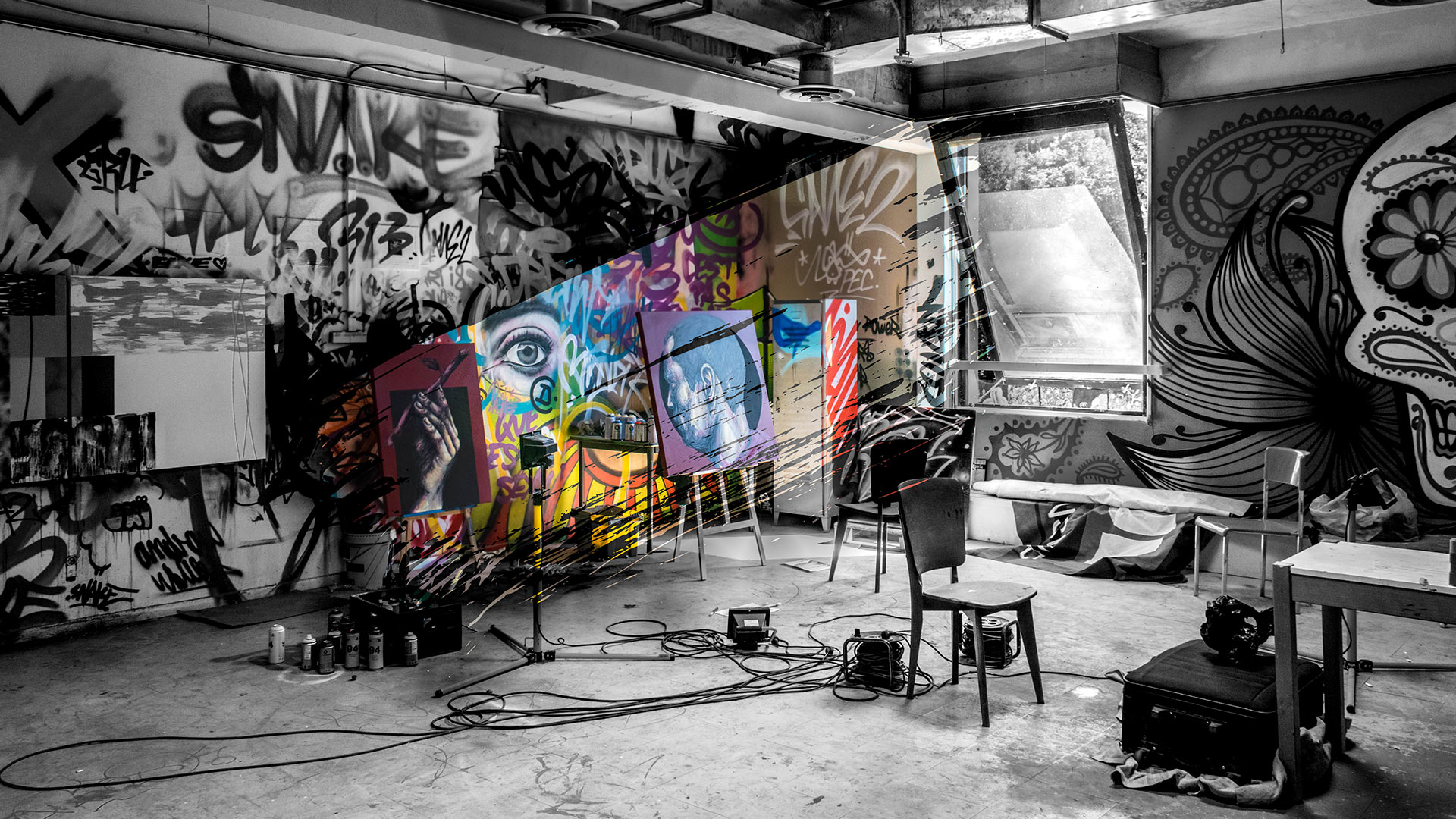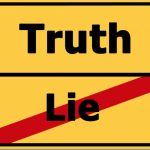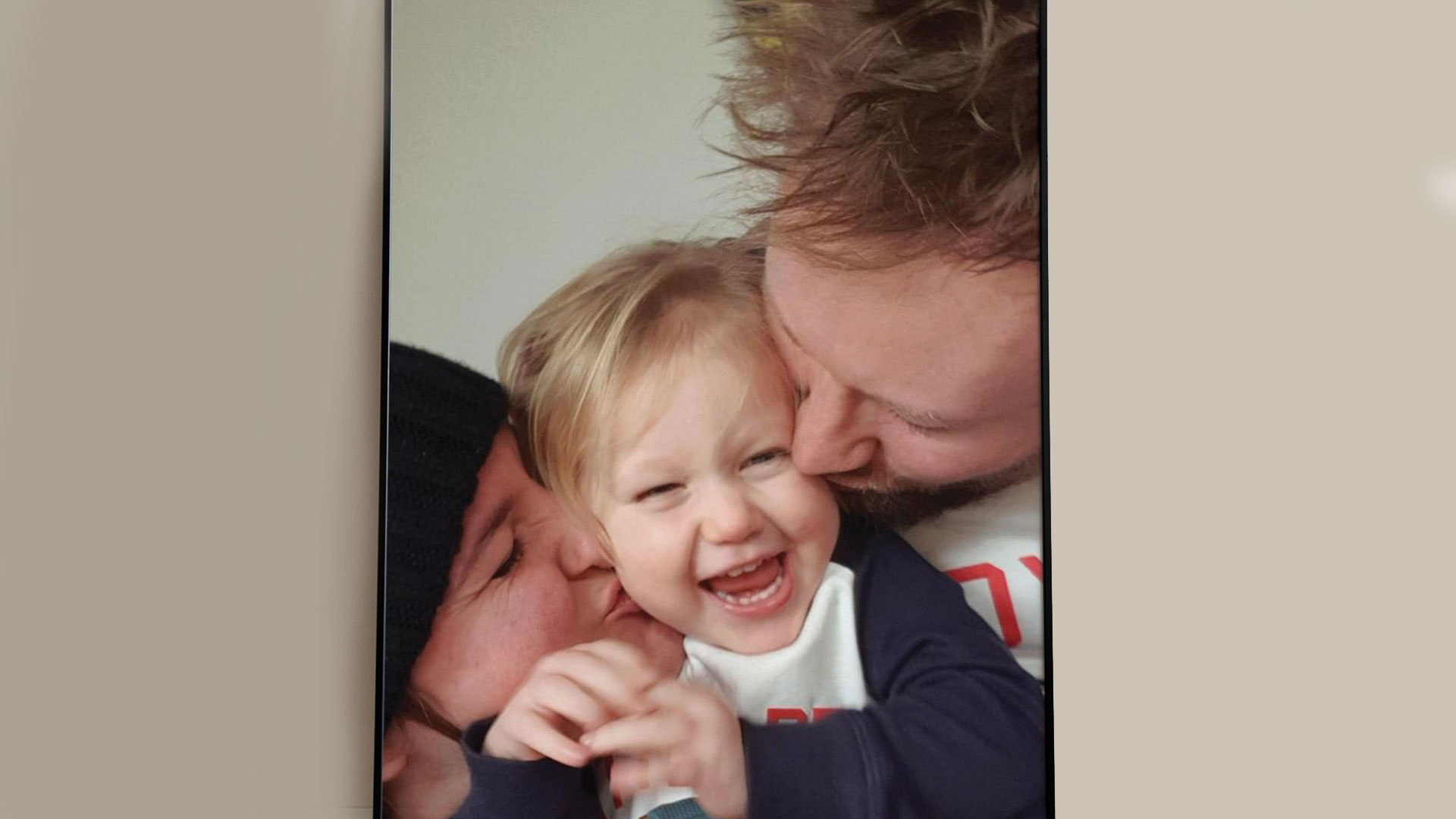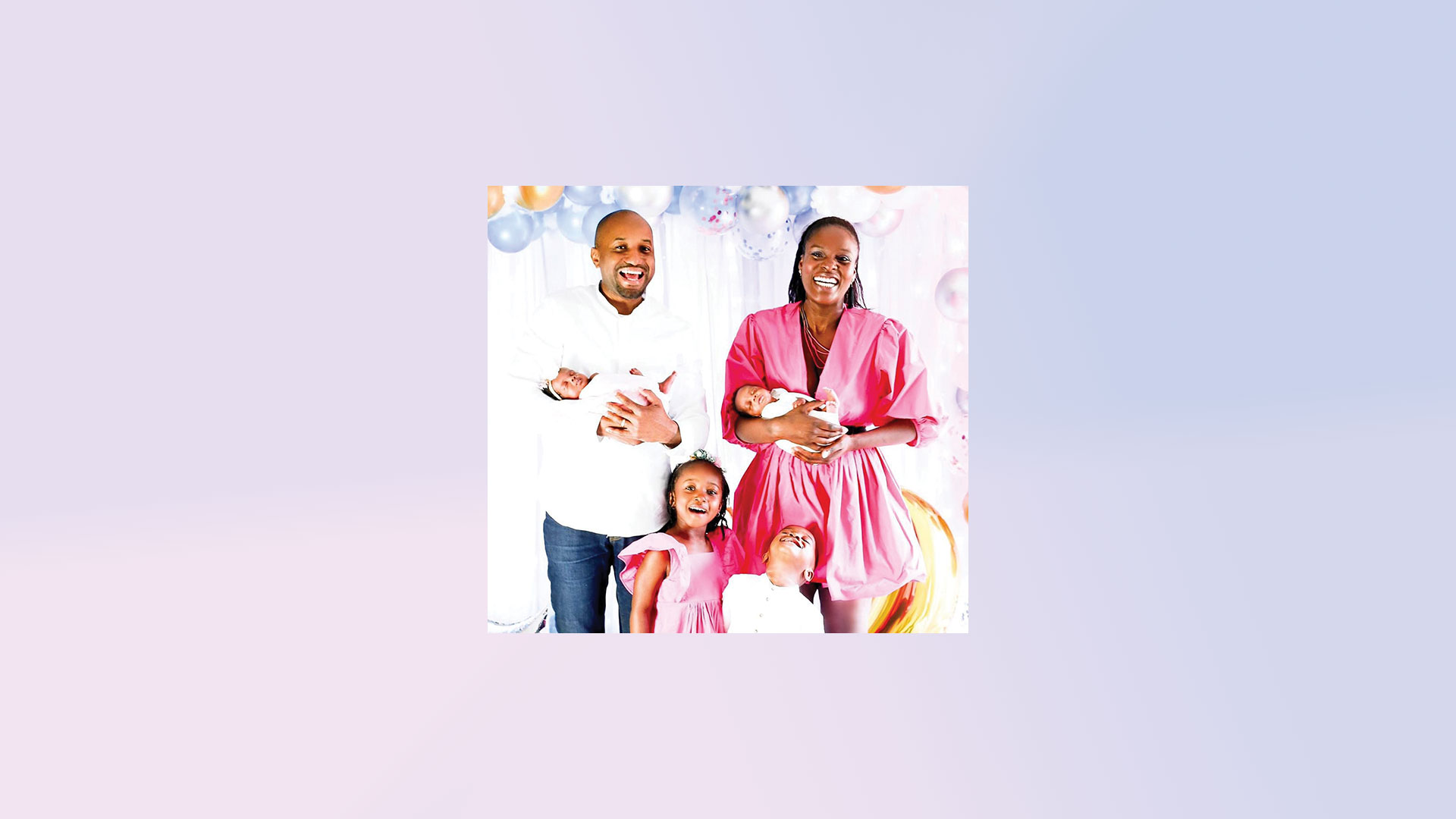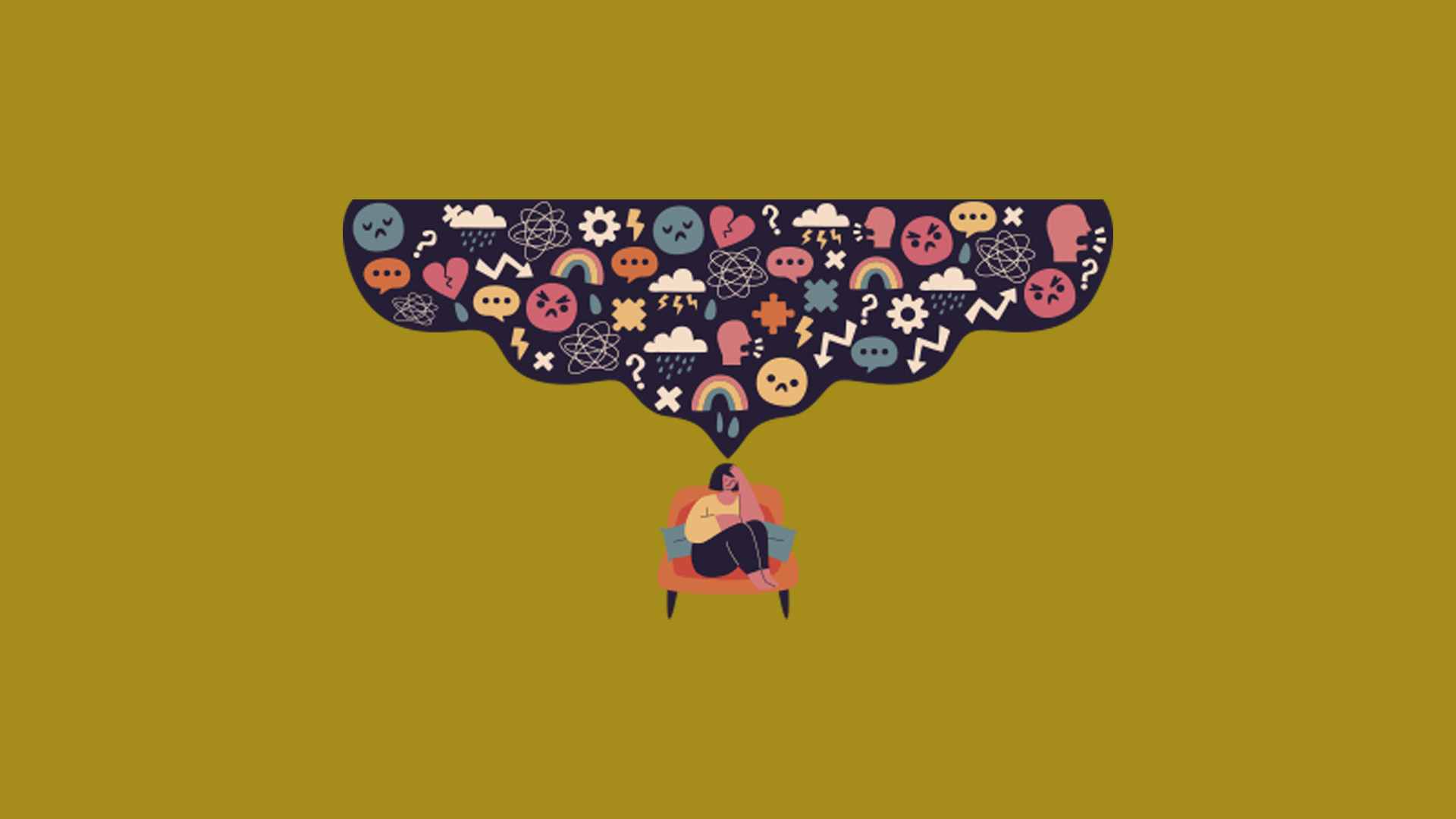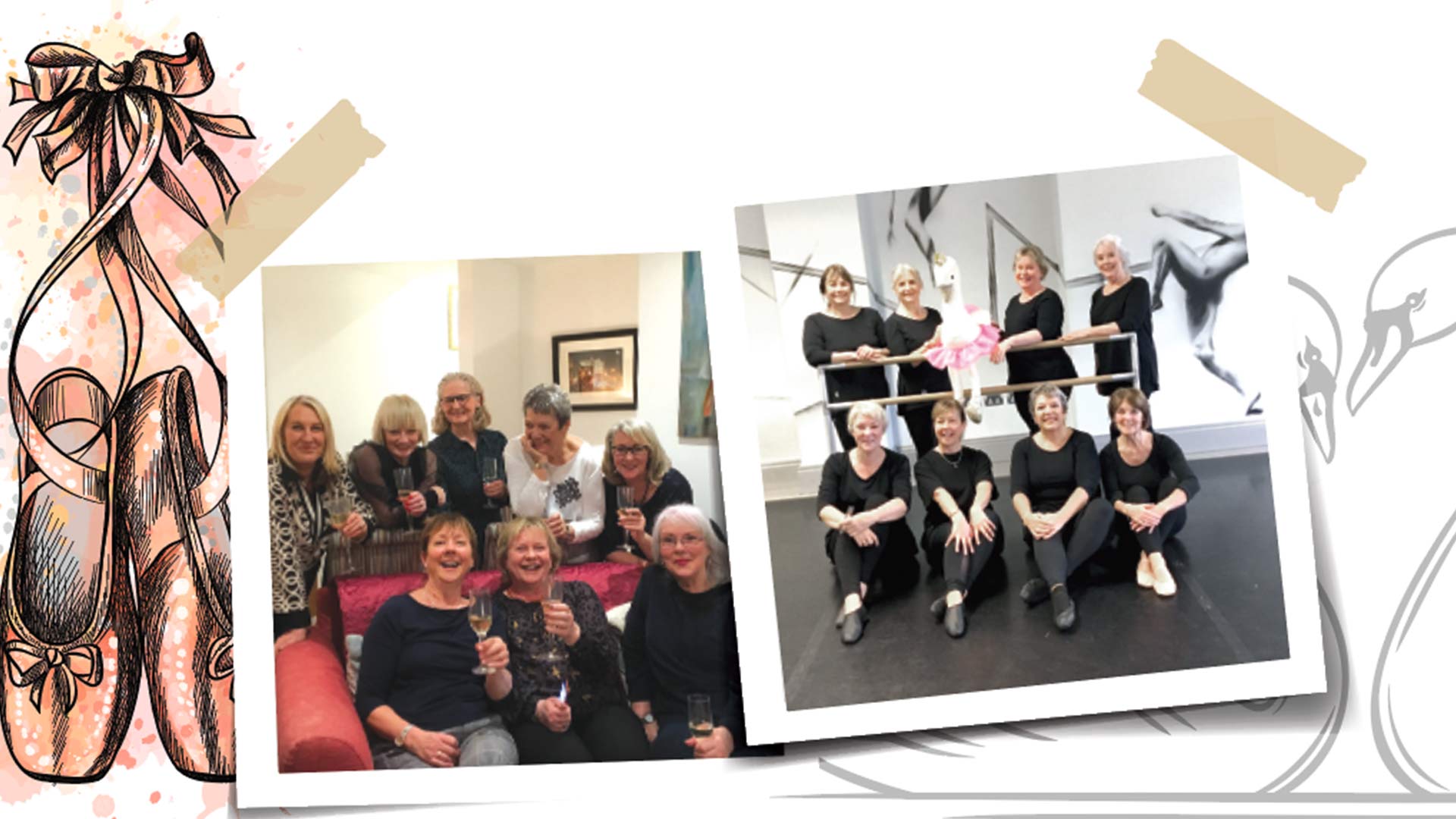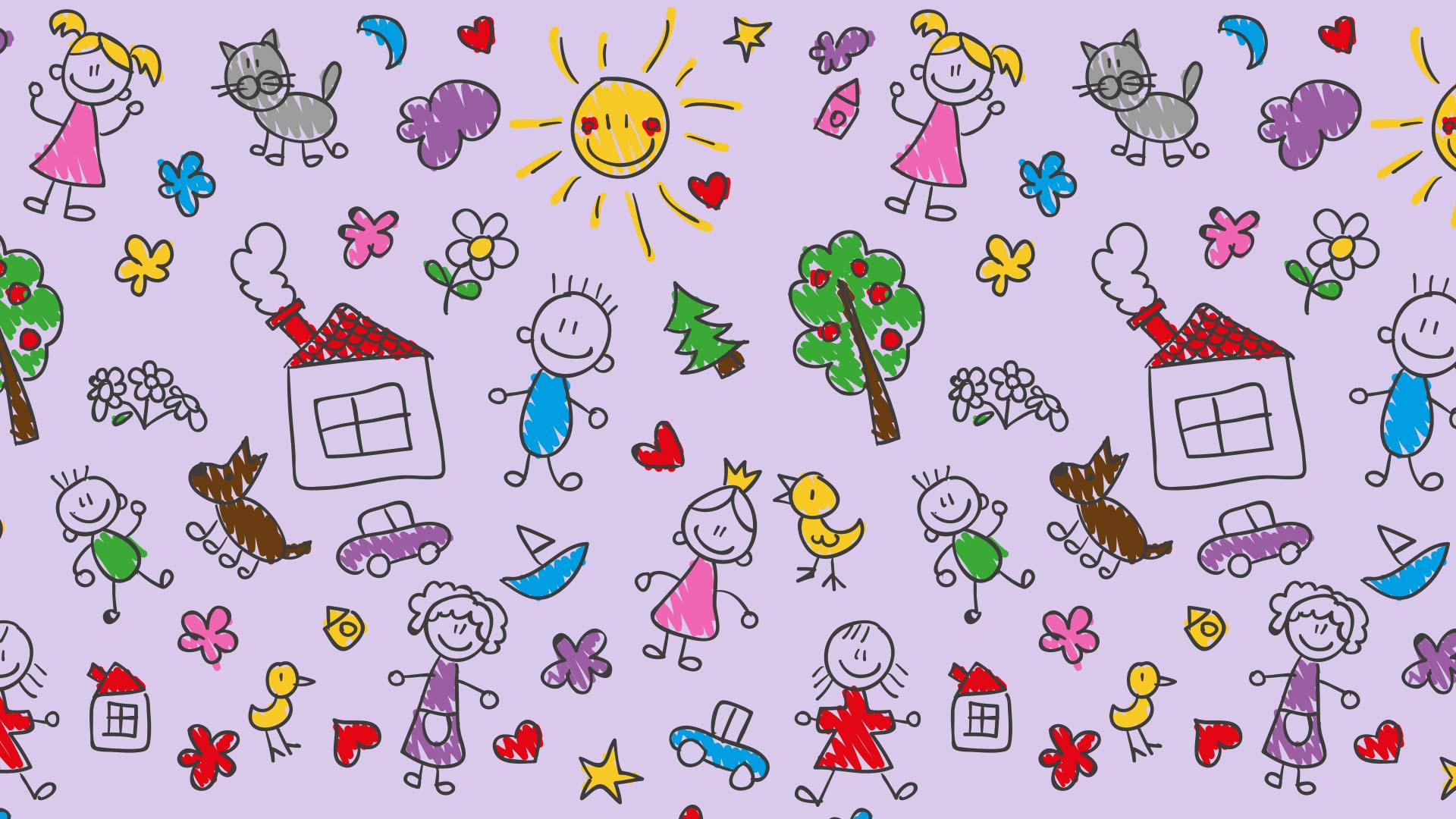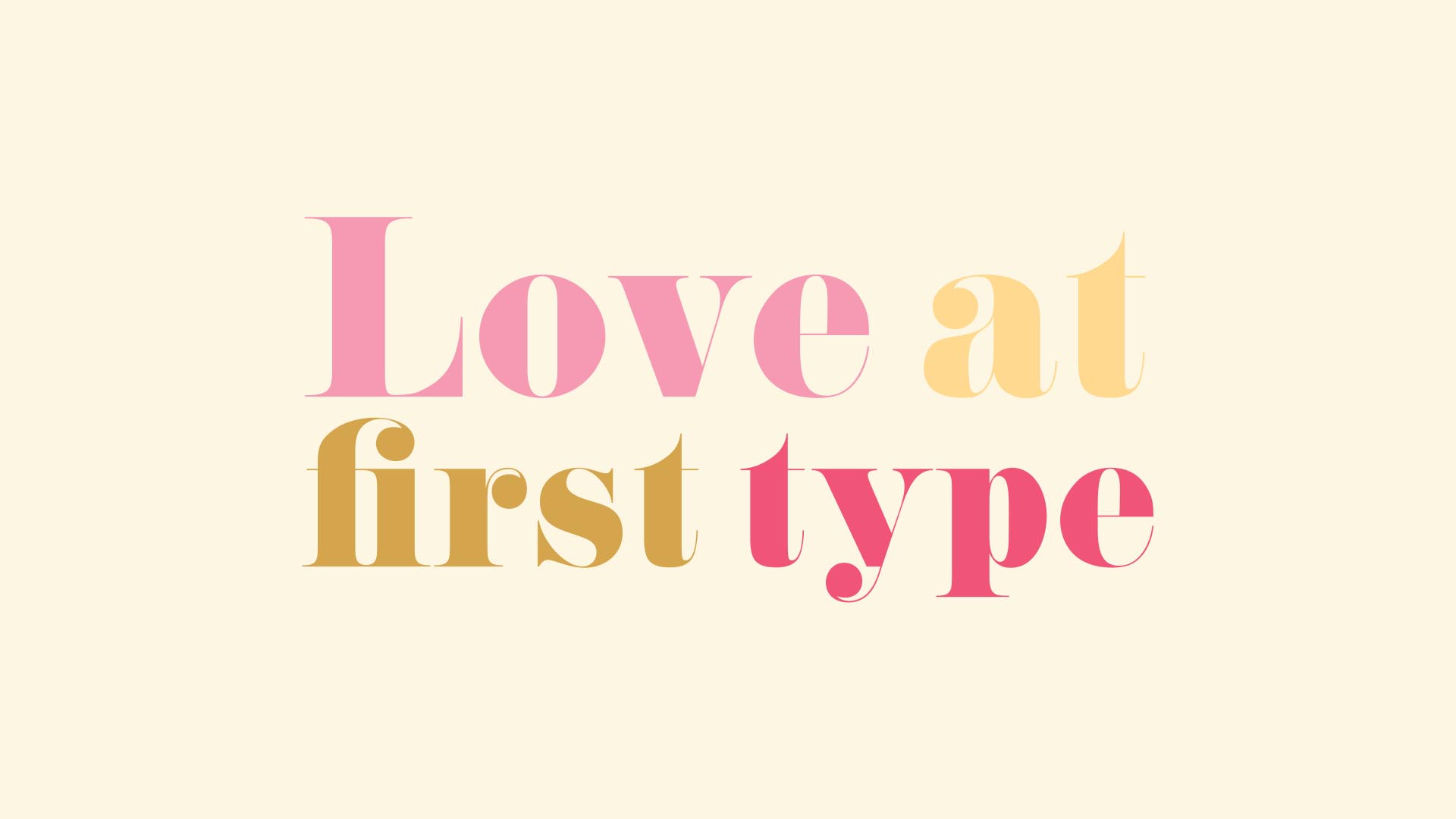OCD
The pandemic and lockdown has been tough for many people but when it comes to individuals with mental illnesses such as OCD, it has been particularly challenging.
Obsessive Compulsive Disorder (OCD) is when people have recurring, unwanted thoughts, ideas or obsessions that make them feel driven to do something over and over again.
The number of people seeking help for OCD has risen sharply since the coronavirus outbreak, mental health charities have confirmed.
OCD LOCKDOWN IN NUMBERS
10% Increase in demand for its helpline
85%. Of people with the condition said it worsened in lockdown
64%. Experienced new, intrusive thoughts due to the pandemic
Fiona Robertson, 34, lives in West Sussex. Fiona is single and does not have any children.
This is Fiona’s OCD story. ‘I currently live with my parents and my dog, Maisie. I don’t work at the moment, due to my mental health conditions, but I hope to be able to again in the future. I used to be a support worker in a mental health centre and I have also previously worked as a carer.
I think I first experienced mental health problems at 11, but I was diagnosed with OCD, BDD, Anxiety and Depression in 2013, after I had a breakdown, tried to commit suicide and ended up in a psychiatric hospital. I didn’t know what OCD was at the time, but the doctor said I definitely had it as I was having severe intrusive thoughts all day every day, carrying out compulsions and sticking to strict routines. I received amazing one to one help whilst I was in the private hospital, however, as soon as I was transferred back to the NHS, I was only offered group therapy. For me personally, group therapy was no good. I felt ashamed and frightened due to the nature of my intrusive thoughts and the last thing I wanted to do was share them with a group of people. I was also assigned a psychiatrist, but I hardly ever got to see him and when I did, my appointments were always very brief. He also refused to let me try different medications.
Things turned around for me during one trip to A&E, where I was seen by a fantastic mental health nurse. She actively listened to me and genuinely wanted to help. She put me in touch with a private therapy centre and I started seeing a wonderful CBT therapist. I also started seeing a private psychiatrist, who I still see now. Luckily my parents are able to pay for my treatment, but it makes me very sad that not everybody has this option as high-quality mental health care should be available to all.
OCD has taken a huge toll on me and those around me. I go through periods of stability, but then something small can send me into a very dark place again. I am triggered by lots of things, I have to be careful what I watch on the TV and I don’t have the internet on my phone. I have strict routines and can’t do things spontaneously. I struggle just getting out of the house at times and I can’t cope in busy or noisy places. I don’t go to bars, clubs or similar places as I just feel too panicky. Around this time of year, I tend to stay in even more than usual, as I don’t like showing my body due to my BDD and the heat really raises my anxiety. I’ve had periods where I’ve been able to work and periods of being on disability benefits.
During lockdown, my OCD got much worse. I was obsessed with cleaning everything and bleaching the shopping etc. I needed to know where my parents were going every time they went out. I was terrified they were going to die. I could only manage to leave the house once a week, to walk in the countryside, away from everybody. I then had a breakdown in August 2020 and also witnessed a crime, which sent me into meltdown. I started seeing the same private therapist again regularly and my medication was increased and since then, I have been in a more stable place luckily.
I do worry about coming out of lockdown and things returning to ‘normal.’ Although some parts of lockdown were really challenging, such as not being able to see family and friends and lacking routine, I liked how quiet and peaceful it was everywhere and when I did have to use public transport, the trains were empty, which they never usually are! I also felt less alone in a way, as everyone was experiencing similar concerns to the ones I have, such as making sure their hands were always clean, staying indoors, etc. I really dislike how busy it is everywhere, now that lockdown is ending and during the summer months. It feels very overwhelming and when I’m outside, I quite often feel like running and hiding. It also seems like people aren’t adhering to the social distancing rules nearly as much now either, which concerns me. I also worry we will have to keep having lockdowns in the future.
Even though I believe I will always have these conditions, I am learning different techniques to help me to cope better, especially when I am triggered by something. I also think that having been to such low places, helps me to appreciate things more. I am very grateful for my family and friends and I practice mindfulness and enjoy the simple things in life. Despite my problems, I do feel quite positive about my future. I have quite a few projects on the go, which really keeps my mind distracted and gives me something to focus on. I thoroughly enjoy being a media volunteer for mental health charities, I find it very rewarding. I’m a singer in a band called OCNA and I also volunteer at a college for people with learning disabilities. When you are in a bad place, it’s impossible to believe that things will get better, but you just have to hang in there and you can get through it.’
The Samaritans: Free Tel number 116 123
OCD Action charity
ocdaction.org.uk / 0300 636 5478


